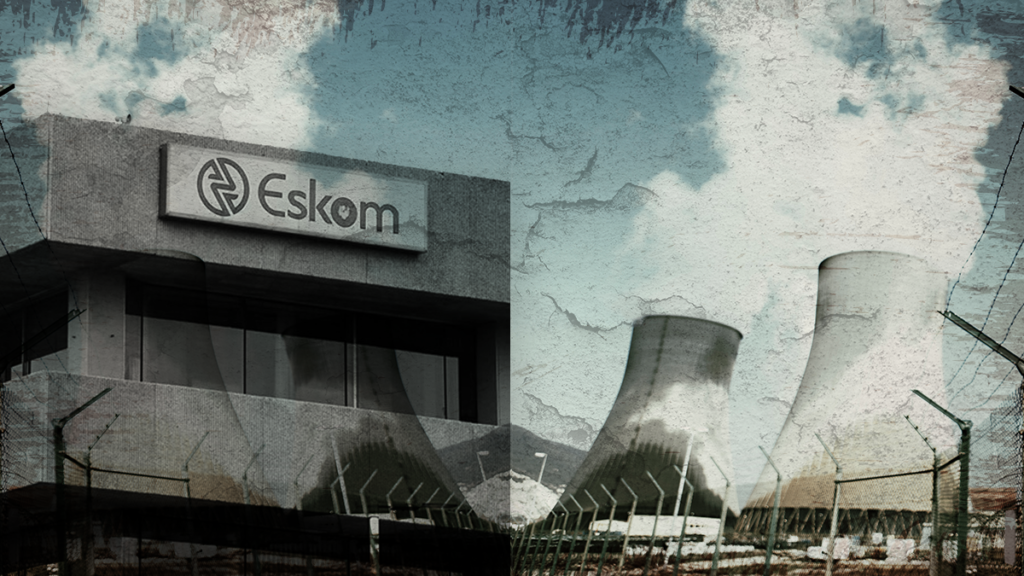South Africa’s electricity sector is in the middle of a seismic shift. For decades, Eskom, the state-owned utility, was the backbone of national power generation and distribution. But as Eskom’s reliability has collapsed, dragging the economy into rolling blackouts, Independent Power Producers (IPPs) have surged forward as the country’s new energy saviours.
This transition raises a critical question: is South Africa fixing its power crisis, or simply trading one problem for another?
For most of its history, Eskom was the pride of South Africa. Founded in 1923, it became one of the largest utilities in the world, generating over 90% of the country’s electricity through coal-fired plants. Its dominance was rooted in three advantages:
- Scale and Coverage – Eskom’s centralized structure allowed it to power even remote communities, building South Africa’s energy infrastructure at unprecedented speed.
- Control Over Pricing – As a state-owned monopoly, Eskom could (in theory) keep electricity affordable, shielding consumers from global market shocks.
- National Sovereignty – Critical energy infrastructure remained firmly in South African hands, reducing exposure to foreign dependency.
But Eskom’s monopoly also created vulnerabilities. Years of underinvestment, corruption, political interference, and dependence on aging coal plants left it unable to meet growing demand. Load-shedding became a permanent feature of daily life. Debt ballooned to over R400 billion, leaving Eskom financially crippled.
In short: Eskom went from national champion to national liability.
The Rise of Independent Power Producers
Enter Independent Power Producers (IPPs), private companies generating electricity from renewable sources like solar, wind, and battery storage. Backed by both local and foreign investment, IPPs have stepped into the gap created by Eskom’s decline.
The South African government’s Renewable Energy Independent Power Producer Procurement Programme (REIPPPP) has attracted billions in investment since 2011. Today, IPPs account for thousands of megawatts of capacity, and new projects are rapidly being approved.
Their appeal lies in four major strengths:
- Speed and Flexibility – Unlike Eskom’s cumbersome bureaucracy, IPPs can build projects faster, scaling generation within 18–24 months.
- Diversity and Competition – Multiple players reduce reliance on a single utility, injecting resilience into the grid.
- Renewable Transition – IPPs are driving South Africa toward clean energy, reducing emissions and dependence on coal.
- Pricing Certainty – Long-term Power Purchase Agreements (PPAs) allow businesses and municipalities to secure stable electricity prices.
In many ways, IPPs look like the future Eskom could never deliver.
However, IPPs come with their own risks, of which could recreate the very problems Eskom caused:
- Foreign Ownership – Many IPPs are backed by foreign companies. This raises concerns about ceding critical infrastructure to global investors, potentially exposing South Africa to geopolitical shocks.
- Market Consolidation – If a handful of big IPPs dominate, South Africa could face a new oligopoly with power to influence prices and policy.
- Energy Inequality – Wealthy municipalities and industries can easily tap into IPPs, while poor or rural communities may remain dependent on Eskom’s failing grid, deepening inequality.
- Transmission Bottlenecks – Eskom still owns the transmission infrastructure. If the grid cannot handle the rapid influx of renewable projects, bottlenecks could paralyze the system.
Thus, IPPs are not a silver bullet, they are a double-edged sword.
Eskom vs IPPs: A Head-to-Head Comparison
| Criteria | Eskom | IPPs |
| Ownership | State-owned monopoly | Private, often foreign-owned |
| Energy Source | Mostly coal (80%+) | Solar, wind, batteries (renewables-driven) |
| Speed of Expansion | Slow, bureaucratic, underfunded | Fast, agile, investment-driven |
| Pricing | Historically low, but now rising sharply | PPA stability, but long-term risks remain |
| Reliability | Declining, plagued by breakdowns | High potential, but grid integration is key |
| Equity | National coverage (though unreliable) | Risk of serving mainly wealthier customers |
| Debt/Finance | Over R400 billion in debt | Privately financed, capital-attracting |
| National Control | Fully South African | Risk of foreign dominance |
Also read: How Policy Missteps Threaten Nigeria’s Renewable Energy Goals
The debate is not about choosing Eskom or IPPs, but about how to balance both in a way that ensures equity, sustainability, and resilience.
- Eskom as Transmission Backbone – Eskom should reinvent itself as a lean, efficient transmission operator, maintaining and expanding the national grid. Its role as a generator should diminish over time.
- IPPs as Generators – Private companies can build and operate renewable plants, but under strict regulation to ensure pricing fairness, community benefits, and local participation.
- Regulatory Guardrails – South Africa needs robust oversight to prevent IPPs from consolidating into a new monopoly. This includes fair access rules, transparent pricing, and mandatory community reinvestment.
- Inclusive Energy Transition – Policies must ensure that poor and rural areas benefit, through decentralized microgrids, community solar projects, and subsidies for equitable access.



